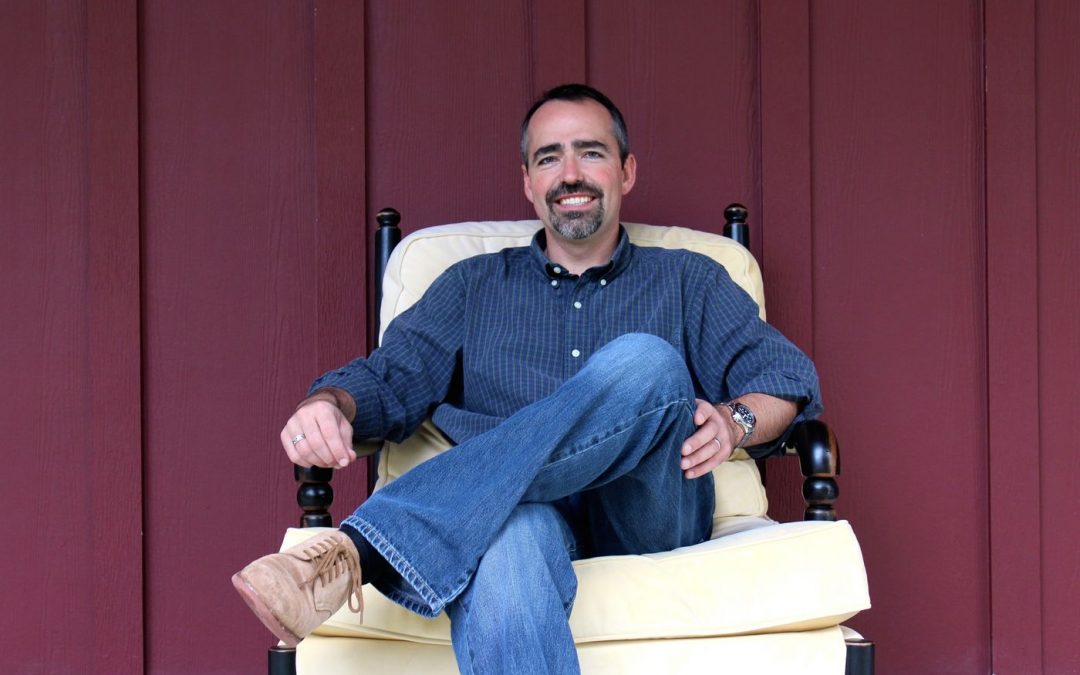For the past two years I’ve had the privilege of coaching Mike McDonald of Grace Anglican Church in Fleming Island, FL. His education and background in civil engineering has served him well prior to moving into ministry. After graduating from Trinity Seminary in Pittsburgh in December of 2007 he took the call to lead Grace Anglican Church on January 1, 2008.
On January 6, 2019 Mike preached on Luke 4:42-44. In the sermon he wove the vision for Grace to move from a season of “survival” into a season of “abundance”. This is what he shared that Sunday.
After praying for the Lord to give me a word or phrase for 2019, I felt like the Lord gave me this phrase: “Abundance for Others”. I think this is significant because we need to change our corporate narrative from “Are we going to make it?” to “What should we do with it?” Things were really tight for our church in the early years, but we’ve grown quite strong. I believe the Lord wants us to use this abundance for others.
In Luke 4:42-44, Jesus tells his home town that he must go to other towns as well. He came to preach the Good News to them also. The Lord is on mission and we should be too.
Over the past six months, the staff and I have been refining our vision statement to be even clearer and nuanced to us specifically. We’ve narrowed it down to four words, which are mostly actual (meaning who we already are) but also aspirational (who we want to become).
Extending Grace
Extending means pushing the reach of our ministries out further.
Grace is our message about Good News for sinners.
Discipling Generations
Discipling is intentionally helping faith along in others, per Matthew 28:18-20.
Generations means that our ministry reaches all ages.
The most “aspirational” of the words is the first, extending. It’s time to reach further than our island. There are two practical applications here. The first is that we must start making practical plans to plant some new churches in our rapidly-growing area. Our diocese is asking for our help in this regard. The second is that we start to see the Alpha course as the tool we use to share the gospel with those who are not yet here.
Leaders want to know how to move from survival to abundance. Mike has spent considerable time in prayer, reflection, discernment, research, conversations and envisioning the future. The sermon was the culmination of all of the things mentioned above. It marks the beginning of Grace’s church planting journey.
Let me suggest five questions to help you move the dream of extending your reach through church planting from an aspiration, to reality:
- Reflect – “Why does our city/region need another church like ours?”
- Ask the Lord – “Are we being asked to plant?”
- Respond – “If we are not being asked to plant, who is?”
- Discern – “How can we participate?”
- Act – “What is the next step?”






